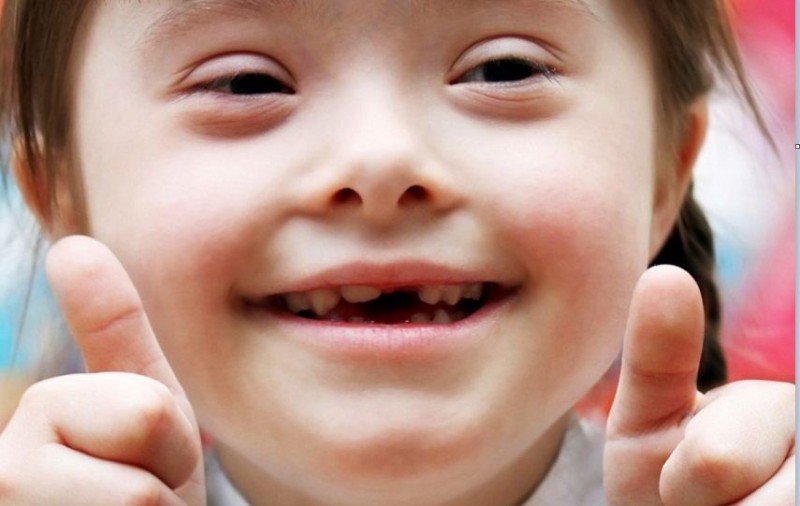
Down syndrome is a genetic condition that affects a person's development throughout their life. It's caused by the presence of all or part of an extra copy of chromosome 21. Normally, humans have 46 chromosomes, arranged in 23 pairs. People with Down syndrome have 47 chromosomes, with an extra partial or complete copy of chromosome 21. This extra genetic material disrupts the typical course of development, leading to both physical and mental characteristics associated with Down syndrome.
What Causes Down Syndrome?
The exact reason why an extra copy of chromosome 21 occurs isn't fully understood. However, we know it's not caused by anything the parents did. There are three main types of Down syndrome, each with a slightly different cause:
Trisomy 21: This is the most common type, accounting for about 95% of cases. In trisomy 21, all three copies of chromosome 21 are present in each cell. This occurs due to an error in cell division during sperm or egg formation.
Translocation Down syndrome: This type occurs in about 4% of cases. Here, an extra copy of chromosome 21 is attached to another chromosome instead of being separate. This translocation may be inherited from a parent who carries a balanced translocation (meaning they have no health problems themselves but can pass the rearrangement on to their children).
Mosaic Down syndrome: This is the rarest type, affecting about 1% of cases. In mosaic Down syndrome, some cells have the usual 46 chromosomes, while others have 47 with an extra chromosome 21. The presence of both cell types can lead to a varied range of symptoms.
While the exact cause remains unknown, certain factors can increase the risk of having a child with Down syndrome. The most significant risk factor is advanced maternal age. Women 35 and older have a higher chance of having a baby with Down syndrome compared to younger women. However, it's important to remember that Down syndrome can occur in pregnancies at any age.
Characteristics of Down Syndrome
Down syndrome can cause a variety of physical features, including:
A flattened facial profile with a small nose
Upward slanting eyes
An unusually shaped mouth with a protruding tongue
Short stature
Small hands and feet
A single crease across the palm of the hand (palmar crease)
People with Down syndrome also experience varying degrees of intellectual disability and developmental delays. Learning and speech may be slower, and they may require additional support in school and daily life. However, with proper therapy and education, individuals with Down syndrome can live fulfilling lives and achieve a great deal.
It's important to remember that Down syndrome is a spectrum. Every person experiences the condition differently. Some may have mild intellectual disability and require minimal support, while others may have more significant challenges.
Living with Down Syndrome
There's no cure for Down syndrome, but with early intervention and ongoing support, people with Down syndrome can reach their full potential. Early intervention programs can help address developmental delays in areas like speech, motor skills, and social interaction. Additionally, medical care can manage any health conditions associated with Down syndrome, such as heart defects or hearing problems.
Individuals with Down syndrome can lead happy and productive lives. They can participate in school, work, and community activities. Many people with Down syndrome are employed, have fulfilling relationships, and contribute meaningfully to society.